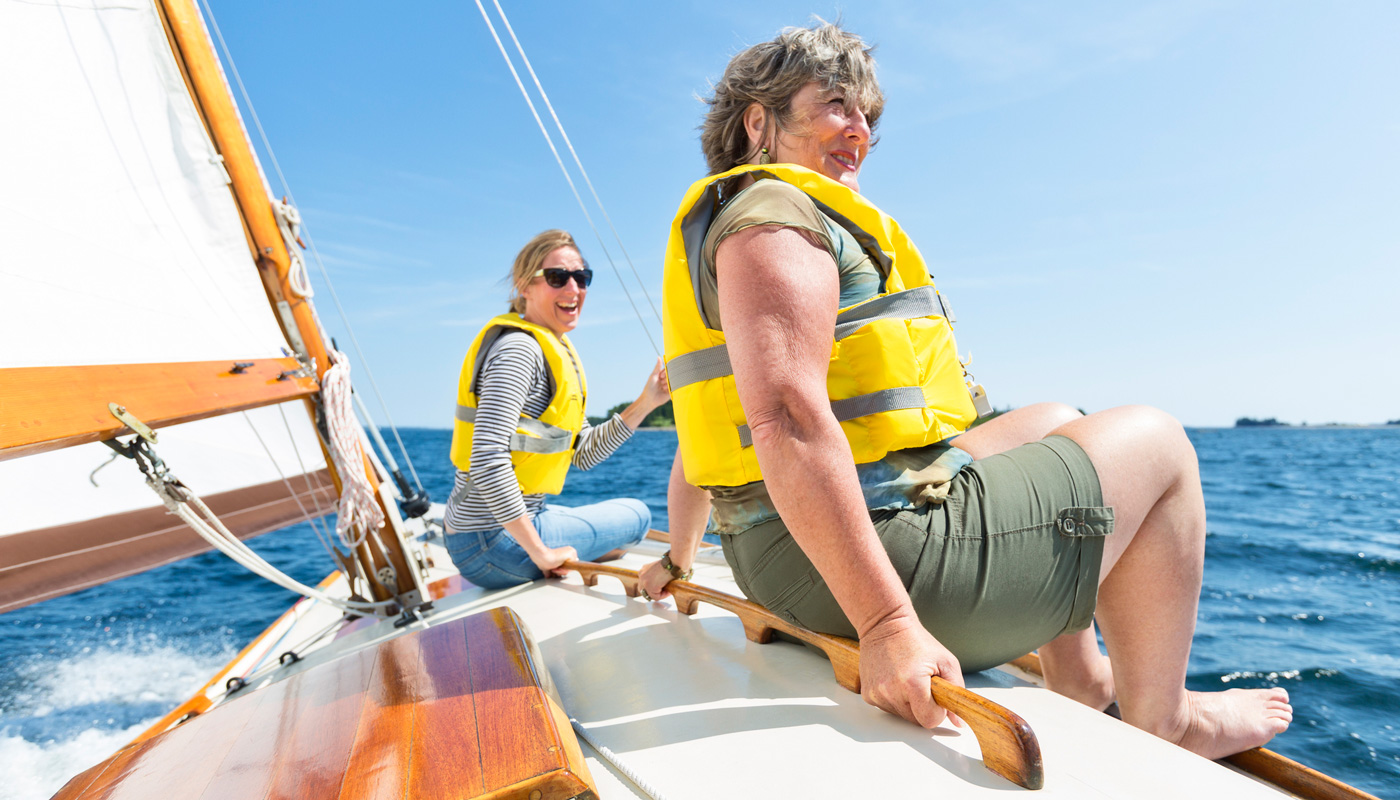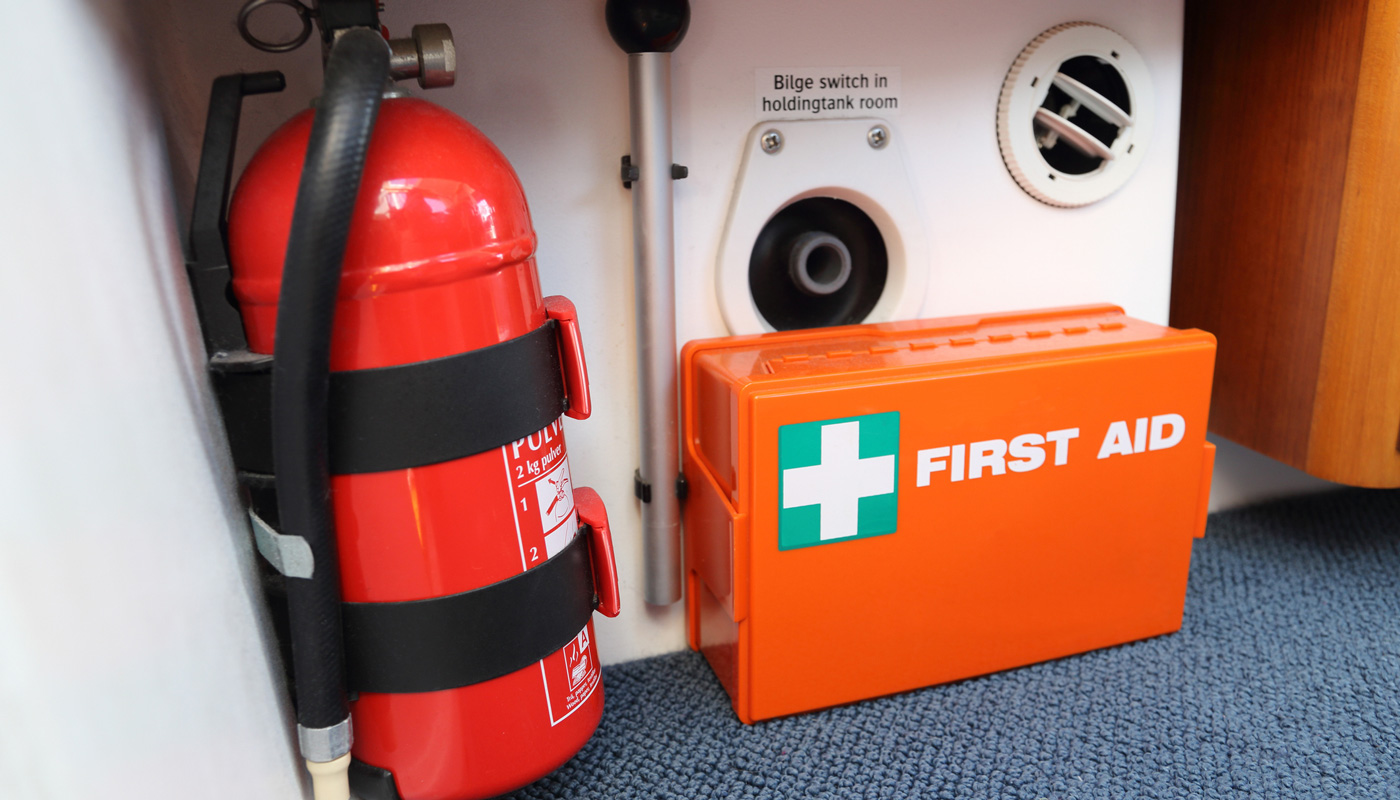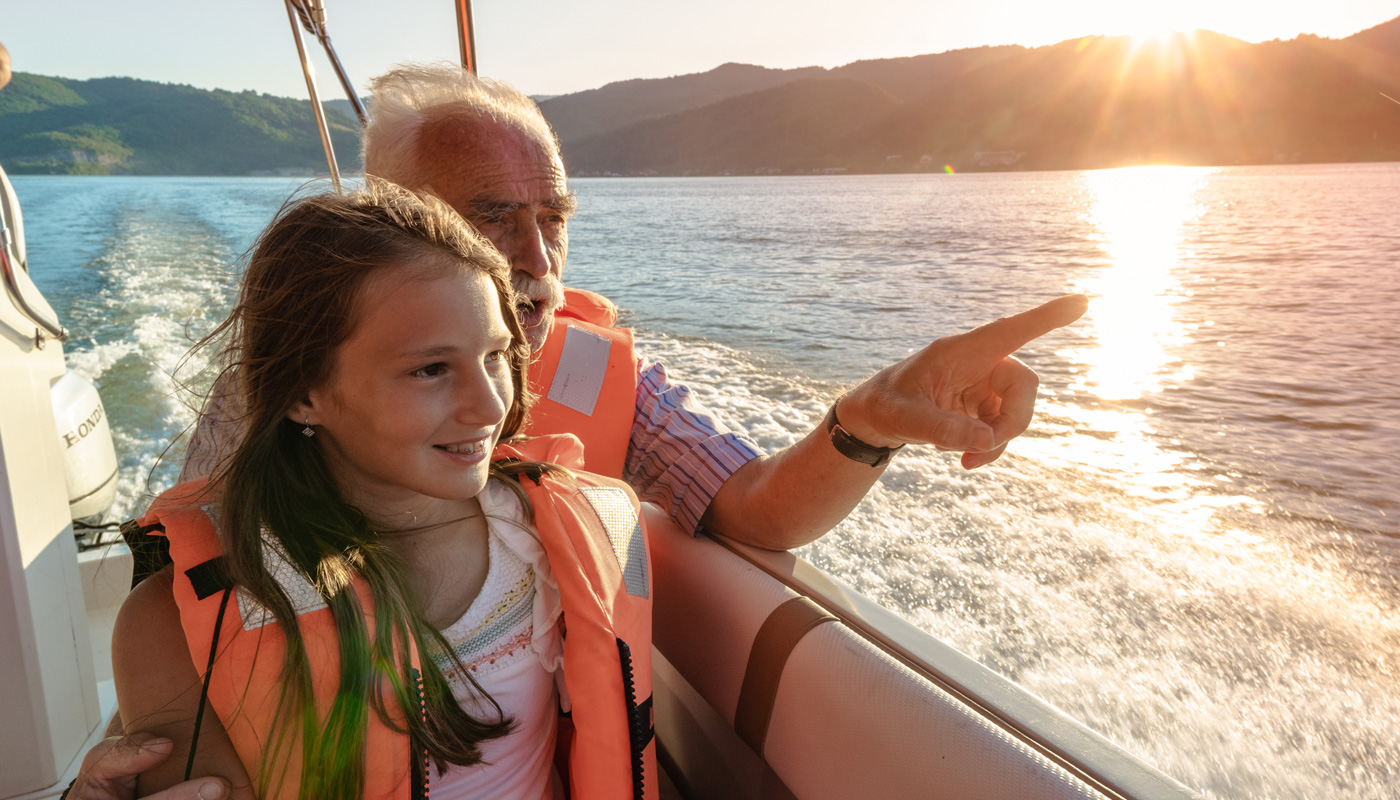Learn about the Do’s and Don’ts of Boat Insurance
With AAA's expertise in boat insurance, you can sail with confidence, knowing you're protected by a trusted name.

When it comes to boating, safety should always be your top priority. Whether you're an experienced boater or a novice setting sail for the first time, understanding boat safety is crucial to protect yourself, your passengers and your vessel.
In this boat safety overview, we'll explore the importance of boater safety courses, the essential safety equipment you need on board, and how AAA can be a trusted resource for you not only on the road, but on the water too.

Boater Safety Courses: Knowledge is power. If you're new to boating or looking to brush up on your skills, enrolling in a boater safety course is a wise choice—and in most states there are mandatory boater education laws. These courses provide valuable information about navigation rules, emergency procedures and essential safety practices. Having a thorough understanding of weather and emergency situations is also important.
There are many boater safety courses available through the U.S. Coast Guard, state and local entities, and many offer the flexibility of online learning so you can complete the course at your own pace and convenience.
Essential Safety Equipment: Be prepared by equipping your boat with the necessary safety gear to ensure a safe voyage. Here are some key items you should have on board:
AAA is piloting a new service to offer new batteries for boats in the Tampa, Florida and Charleston, SC areas.
Find Out More >>Fueling Safety: Fueling your boat requires caution to prevent accidents and fires. Here's a good set of safety precautions to follow:

AAA isn't just for roadside assistance; they're also here to support your boating adventures. AAA offers boat insurance coverage tailored to your specific needs. Their comprehensive policies protect you against physical damage, liability claims, medical expenses and more. You can trust AAA to have your back when unforeseen circumstances arise.
Boating safety should never be taken lightly. By enrolling in a boater safety course, equipping your boat with essential safety gear, and following proper fueling precautions, you can ensure a safe and enjoyable experience on the water. So, embrace the boating season, explore the waters responsibly, and make safety your number one priority.